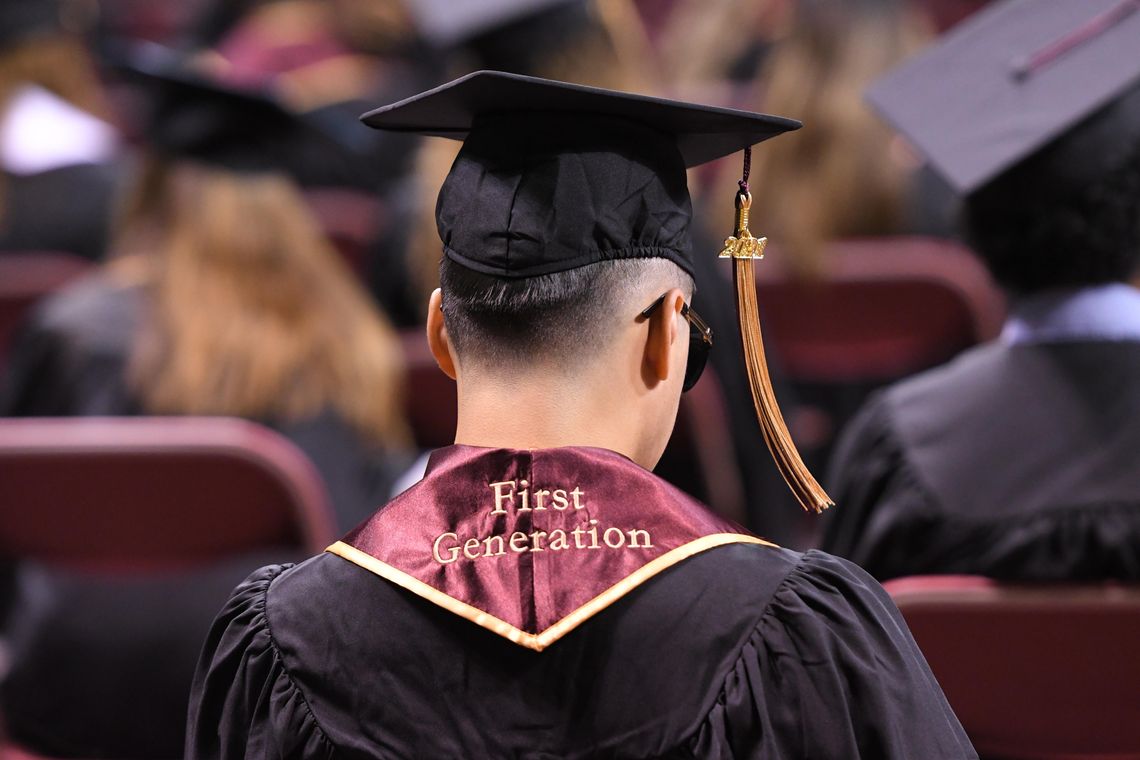Bill Chittenden, Associate Professor of Finance in the McCoy College of Business at Texas State University, said there’s “no such thing as a free lunch.”
Chittenden’s remarks come on the heels of the Biden Administration announcing earlier this week plans to cancel $10,000 of federal student loan debt for borrowers making less than $125,000 per year; and up to $20,000 for Pell Grant recipients. The President also plans to extend the pause on federal student loan payments until the end of the year.
“All of this means people can finally start to climb out from under that mountain of debt,” Biden said on Wednesday from the White House. “To finally think about buying a home or starting a family or starting a business; by the way, when this happens, the whole economy is better off.”








